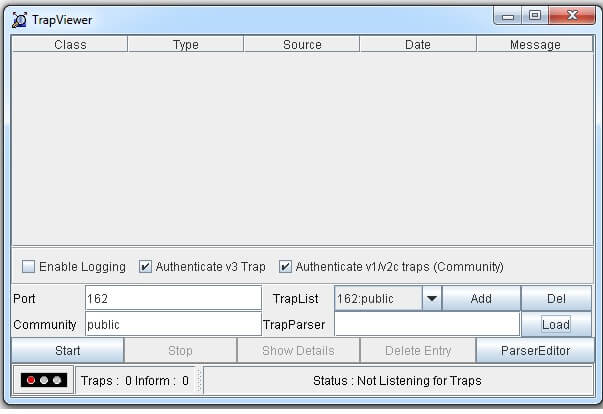
It is monitoring a single CentOS server which you will also be instructed to setup.

To make this as simple as possible we will use two Nagios XI servers and a CentOS server: The goal of this tutorial is to provide step by step instructions to allow you to setup an test environment and see first hand how traps work. Traps can be overwhelming to start with and the difficulty starts when you're trying to learn following other guides that aren't specifically about the device you're receiving traps from. This document is purely focused on SNMP Traps.

Devices that have SNMP functionality can provide active and passive monitoring. SNMP means Simple Network Management Protocol. The actual trap doesn’t have to carry alert information, which minimizes bandwidth usage.This document describes how SNMP Traps work and integrate with Nagios XI. The management information base (MIB) stores the translation of each OID, so the manager can simply refer to the MIB to understand the trap message. In this case, traps have their own OIDs, so the SNMP manager can easily identify what kind of message the trap is sending.

In this case, all traps have the same object identifier (OID) and the managing device must be able to process the information within the trap. Alert data can be included within the traps. There are two ways SNMP traps can ensure the right data is communicated to the manager: The manager decodes and analyzes the message, then can trigger alerts or actions or display key information for admins. When an event (like a failure or error) occurs on the device, a message is sent from the device to the central manager. SNMP traps inform a central SNMP receiver of whatever issue the device is currently experiencing.


 0 kommentar(er)
0 kommentar(er)
